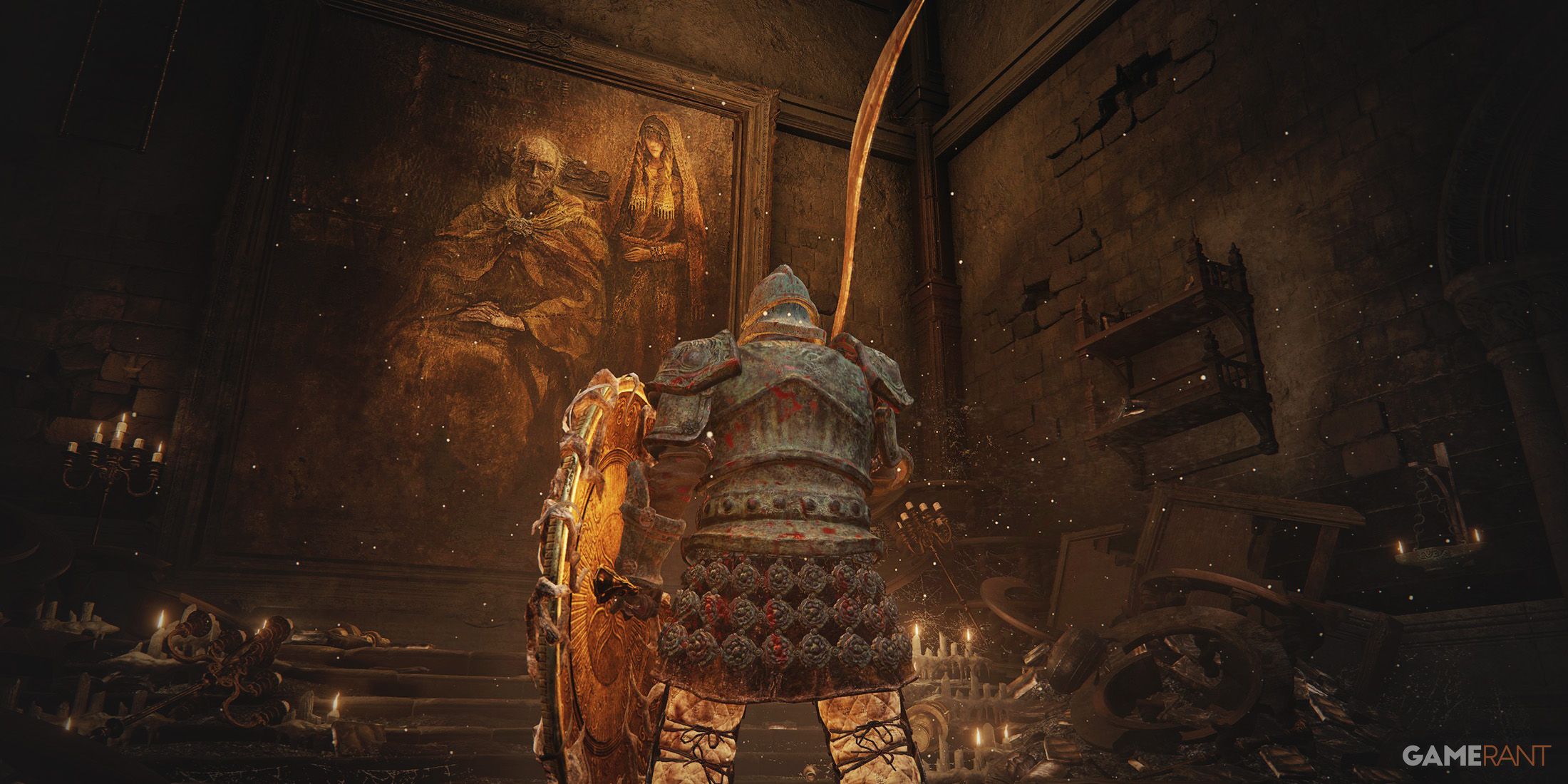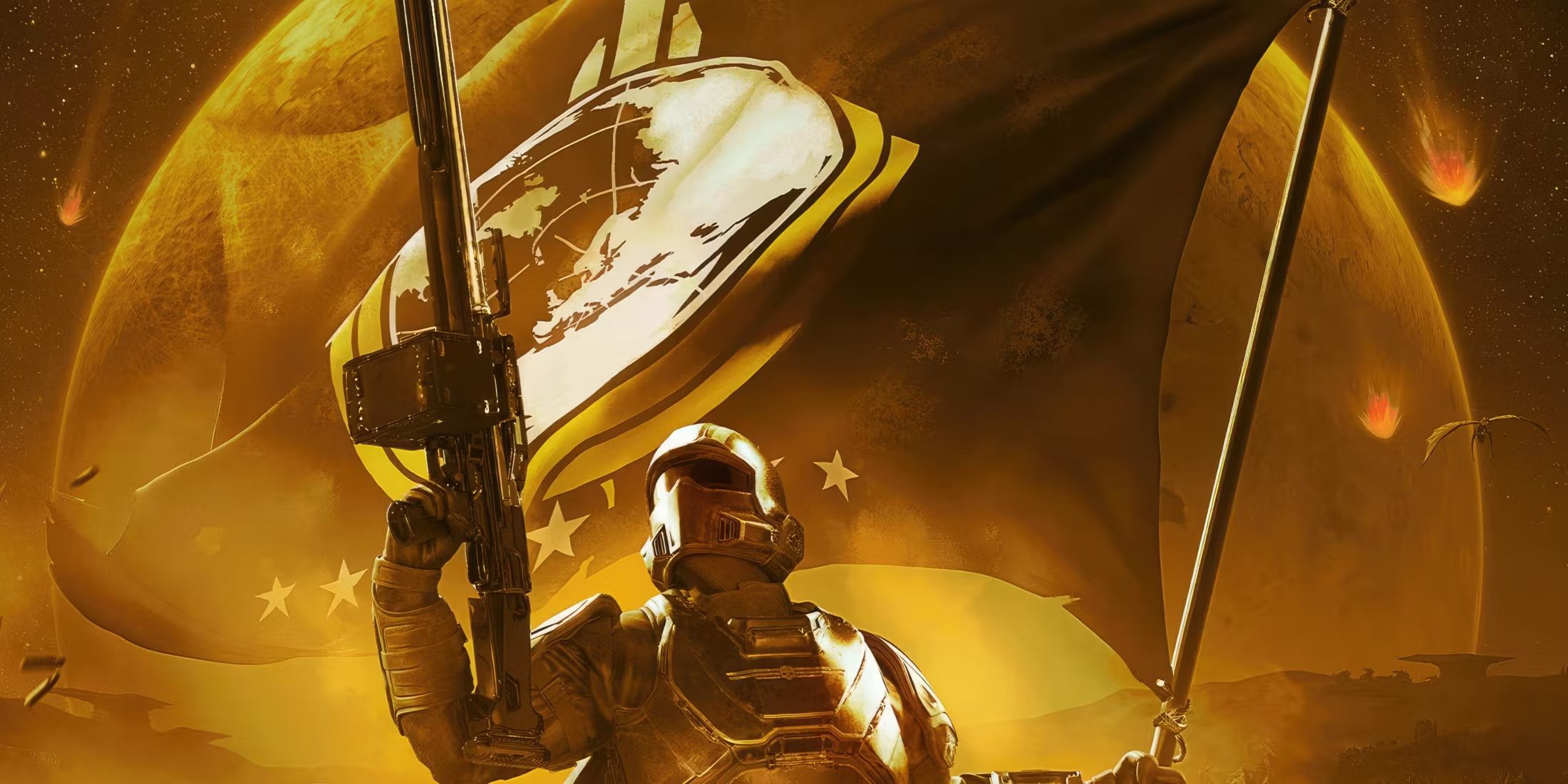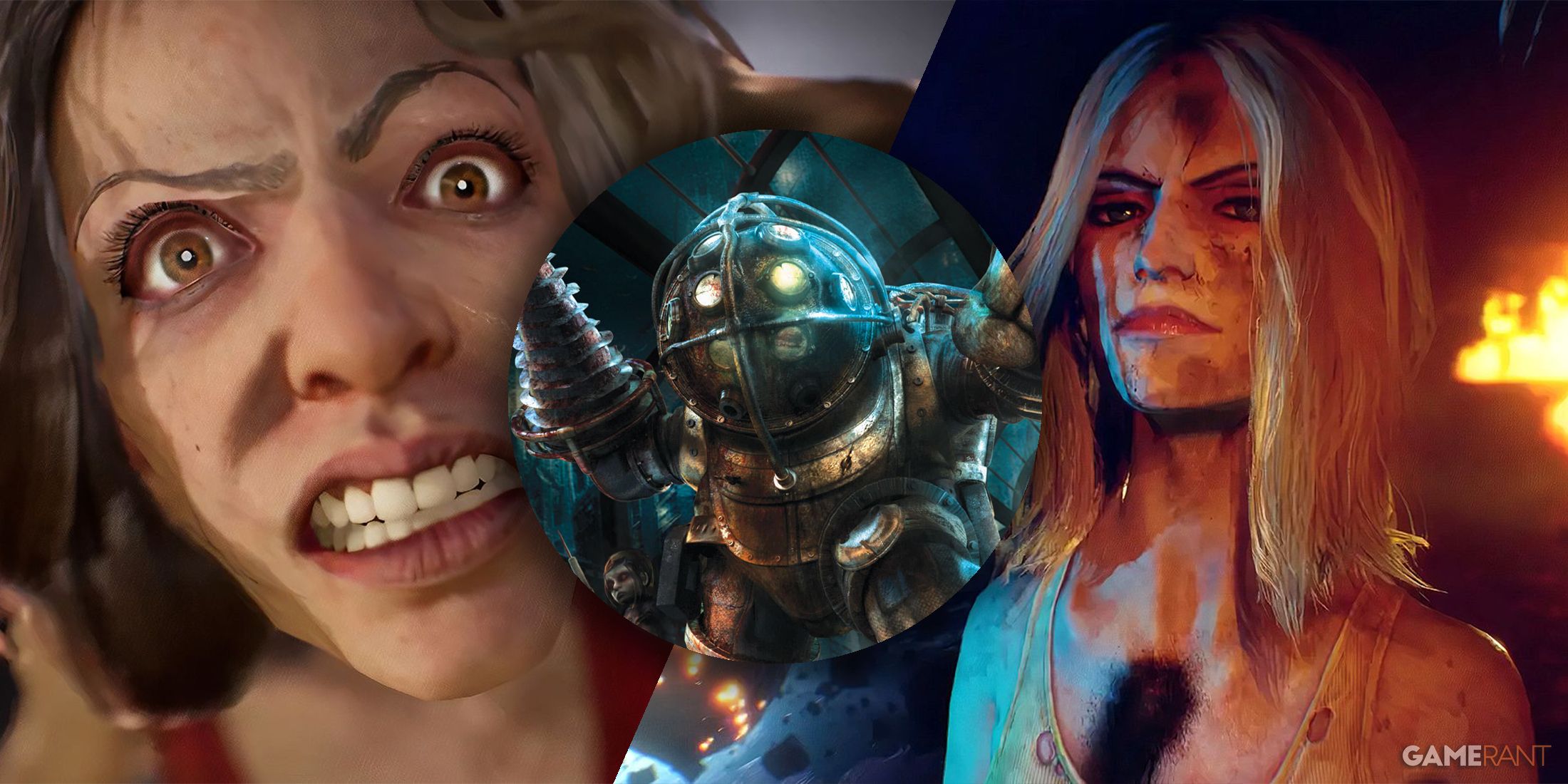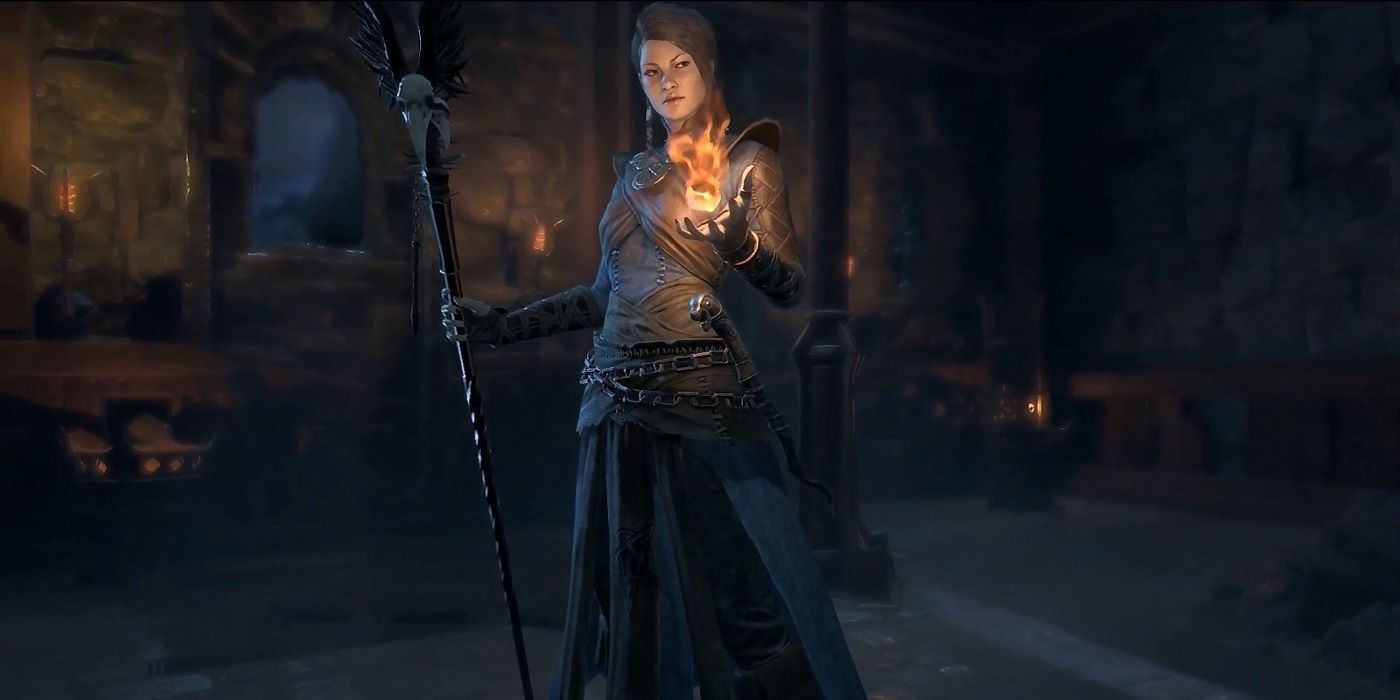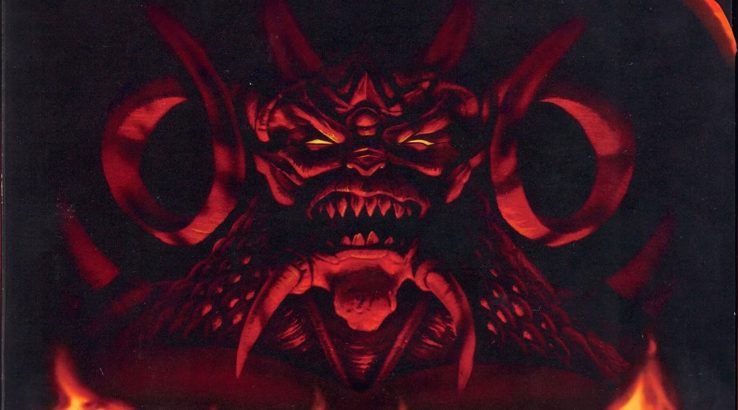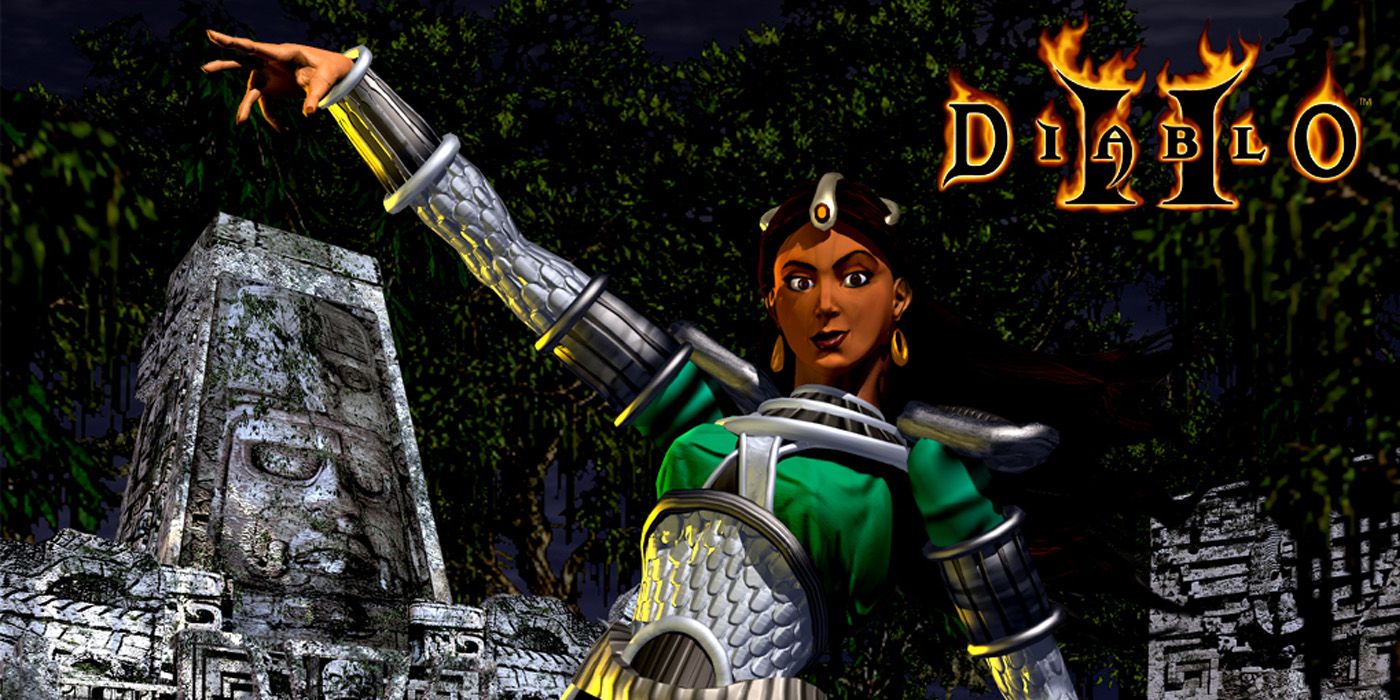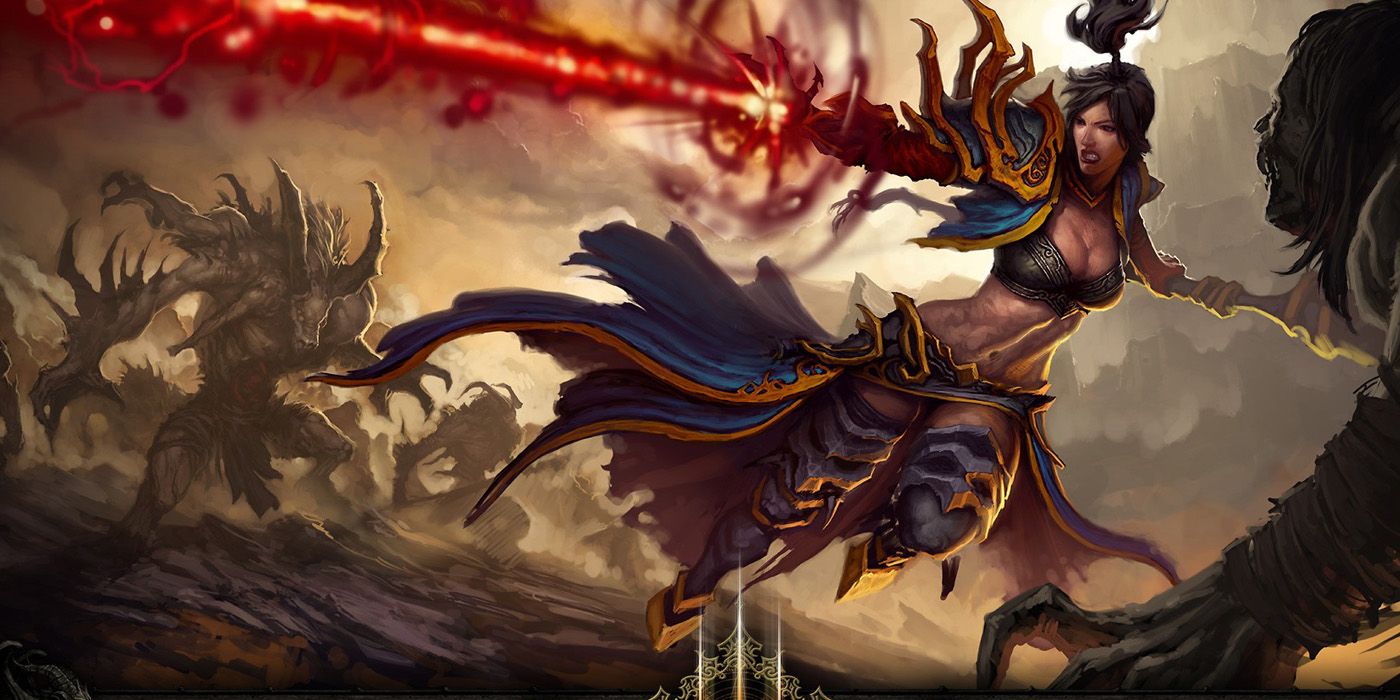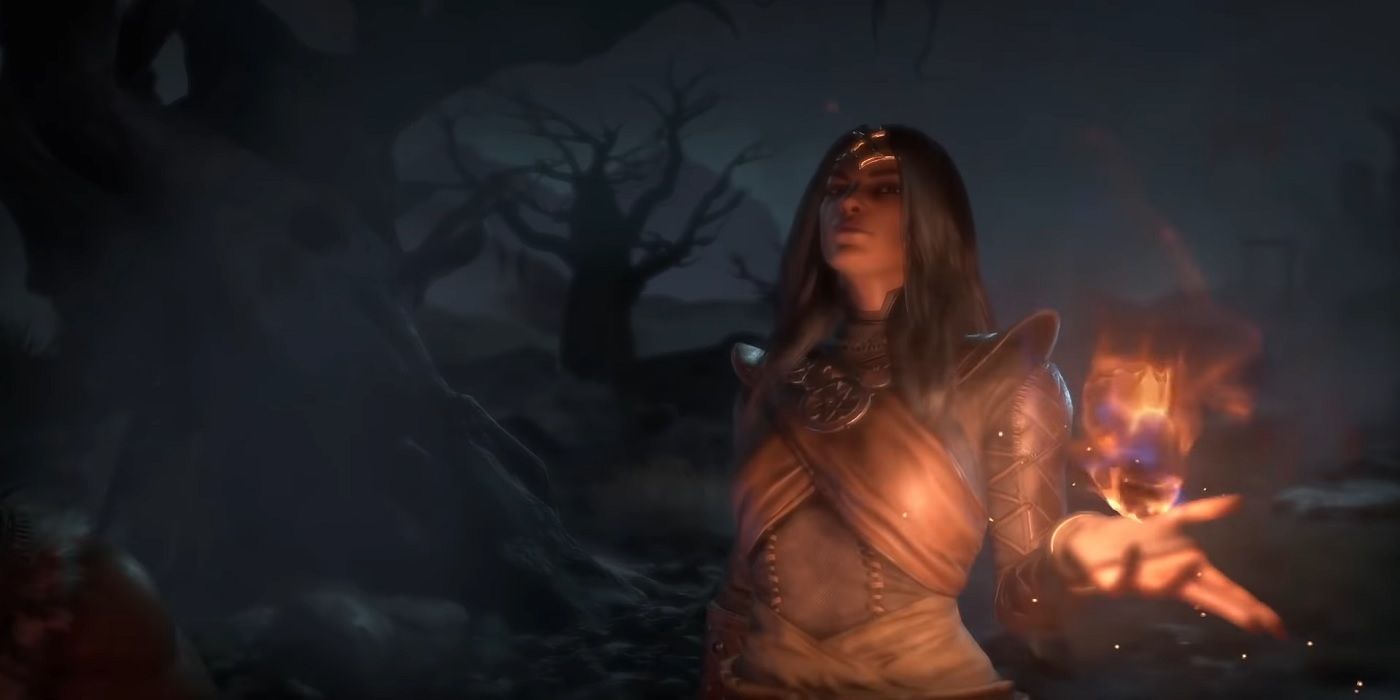The Sorceress is the definitive classical spellcaster for future Diablo 4 players, and has filled that niche more than once before. Even the very first Diablo title had a Sorcerer option out of its modest three playable classes. Because of that tradition, it's not hard to see why Blizzard would choose to bring this class back for the next game.
However, the class has seen a lot of iterations and changes over the years. It's worth taking a moment to look at all the versions of Sorcerers and Sorceresses over the years, and how they've eventually led up to Diablo 4.
Diablo 1's Sorcerer
The differences between the original Sorcerer and the classes that came after it say a lot about how the series has grown. Diablo has undergone a lot of changes since its first entry. That's really exemplified by the Sorcerer, which in spite of being the magic-focused class from that game, was not the only of the three classes that could cast spells. Instead, the Sorcerer simply had the best Magic stat and would ultimately be far better at casting spells than the Rogue or the Warrior could ever hope to be.
Blizzard has changed so much about magic focused classes since the first Diablo game. Since classes weren't nearly as distinct from one another and limited in their roles in this game, a Sorcerer could pick up melee weapons and charge into the fray if he so chose. A mace called the Dreamflange was core to one of the Sorcerer's most popular builds. This probably sounds alien to players that came into the franchise at entries like Diablo 3, where weapons are explicitly restricted to certain classes. However, it channels the spirit of customization that lives on in later iterations of the caster class and the franchise as a whole.
Diablo 2's Sorceress
This class is probably the most similar to the Sorceress that players will get the chance to play in Diablo 4. In Diablo 2, the Sorceress was defined as a master of three elements: fire, ice, and lightning. In fact, these three elements were the designations that divided up the class skills; the Diablo 2 Sorceress' skill trees were Cold Spells, Lightning Spells, and Fire Spells. As one would expect, progressing in any one tree meant progressing in a given element, which would inevitably lead to a specific playstyle.
Each tree came with its own talents, although all showed the Sorceress' knack for area of effect damage. Cold Spells were, predictably, good for crowd control. There were also a series of Armor skills under the Cold Spells that a Sorceress could use to raise her defenses while hampering enemies attacking her. Lightning included some unique abilities like a Teleport for mobility and Telekinesis for interacting with objects and enemies alike. Meanwhile, a Fire focused Sorceress could Enchant an ally's weapon with fire, or even summon a Hydra, which has become a staple among Diablo's elemental casters.
Diablo 3's Wizard
It's worth taking a brief detour from the classes more obviously related to the Diablo 4 Sorceress to look at a class different in name but similar in nature. Diablo 3 elected not to bring back the Sorceress, but instead created a new and very similar ranged caster class called the Wizard. Sorcerers traditionally used Mana up until this point. In Diablo 3, Mana was made unique to the Witch Doctor, so Wizards used the fairly similar resource called Arcane Power instead.
This is where the Diablo series began to split skills by their functionality rather than theme. Ice and fire skills can find a home together on the Wizard's different skill lists. However, one quality that sets the Wizard apart from its ancestors is a specific element unique to this class. Wizards had access to spells that dealt Arcane damage, often represented in the game by piercing purple energy projected in various ways. Arcane damage and Arcane Power really set the Wizard apart from the Sorceress, showing what magic is capable of beyond elemental power.
Although it isn't a unique quality of the Wizard, it's worth taking a moment to acknowledge Skill Runes. Every ability of every class had five Skill Runes that could be applied in order to significantly alter the way an ability operates. The customization options for the Wizard and any given Diablo 3 class ran very deep because of these Runes. Just about any skill could find a place in any build.
Diablo 4 Sorceress
The culmination of these three sources of inspiration is Diablo 4's Sorceress. This iteration of the class is really the sum of its parts -- although certainly much more from Diablo 2 and 3 than the original. The greater inspiration for this class is most likely the Diablo 2 version, which stands to reason. The Sorceress is still very focused on the elements of nature, casting spells focused on fire, ice, and lightning. These categories even bring back some of those elements' classic abilities from that game, such as lightning's association with teleportation.
The Wizard hasn't been as strong an inspiration as the original Sorceress, although there's some qualities that have been passed on to the new class. Wizards were notable for their many non-elemental abilities, like skills for slowing time or summoning a powerful black hole. However, the organization system from Diablo 3 and the Wizard lives on in the next Sorceress, encouraging players to choose abilities based on what they do for the player rather than the element the skill is associated with. Skill Runes don't appear to be returning in the same way, but the new Rune system sounds like it'll still offer some broad customization.
It's not a perfect replica of any given class that came before it, but of course, that wouldn't be any good to players excited for a new experience in Diablo 4. The Sorceress looks like it's on the right track to please players that have tried it in Diablo 2 as well as Diablo 3 lovers aiming to pick up their second game in the series. The class really is a worthy inclusion -- a Diablo game just wouldn't be the same without a master of the elements like the Sorceress. It'll be right at home in the next game's roster.
Diablo 4 is in development for PC, PS4, and Xbox One.

